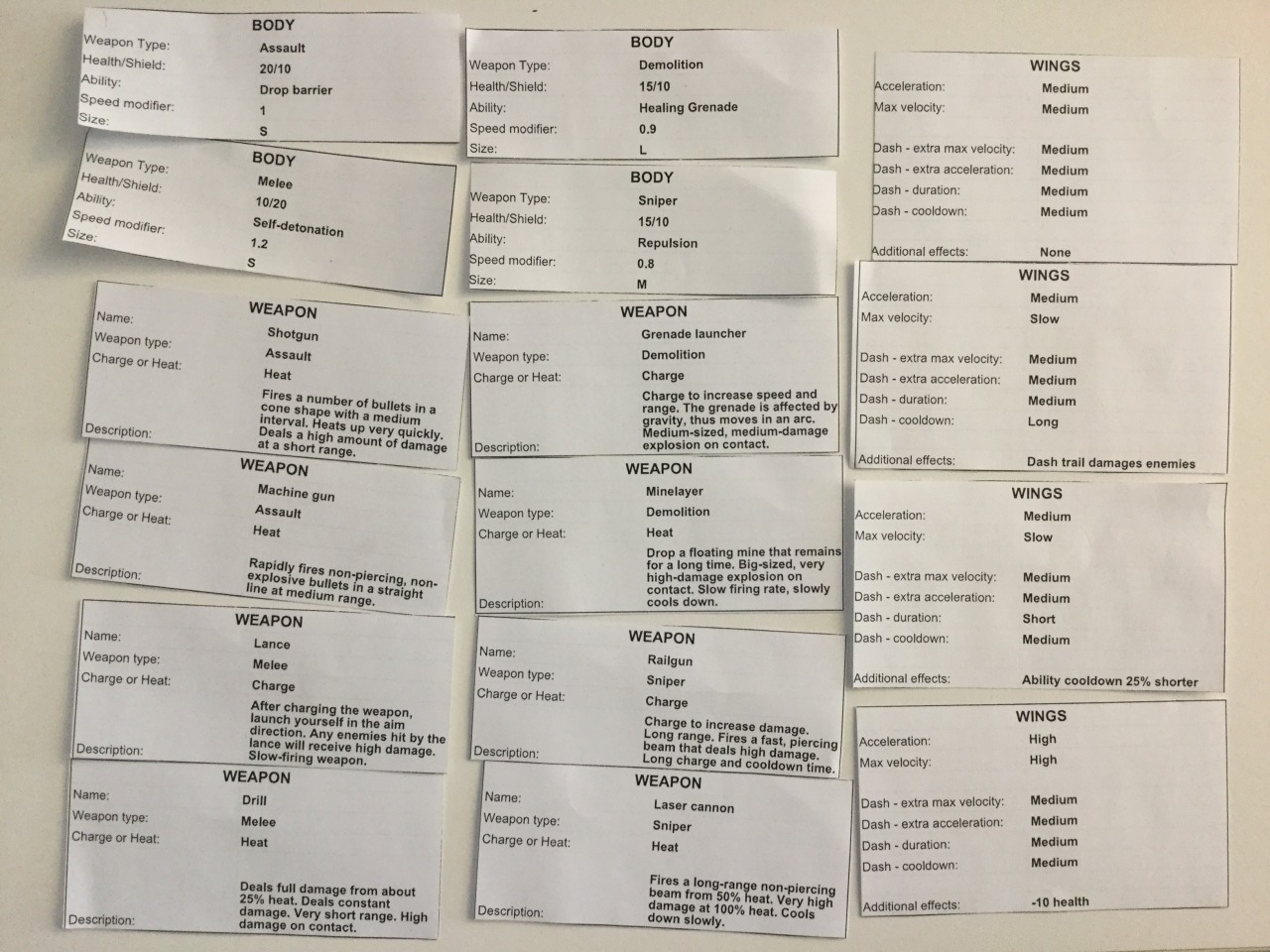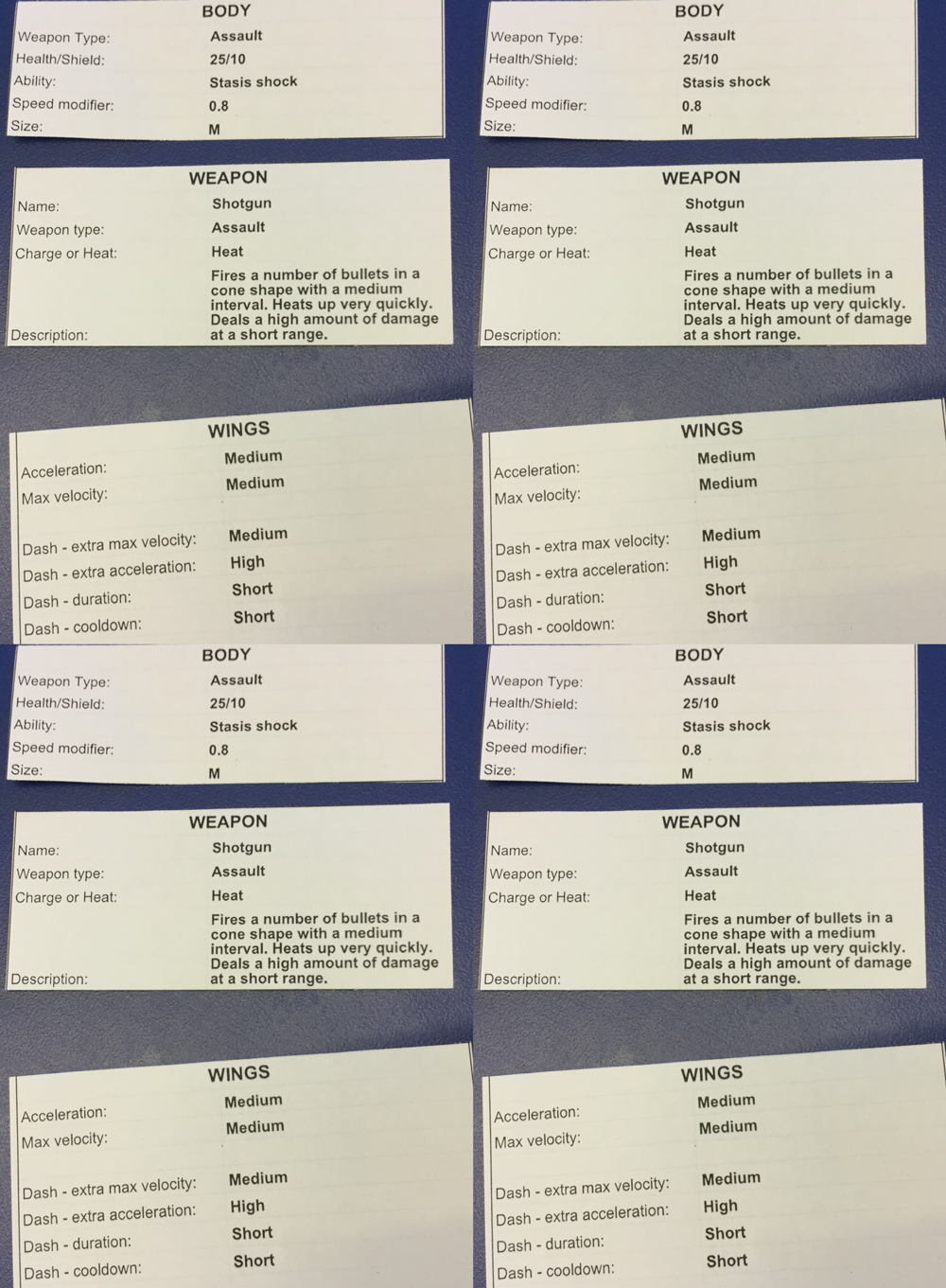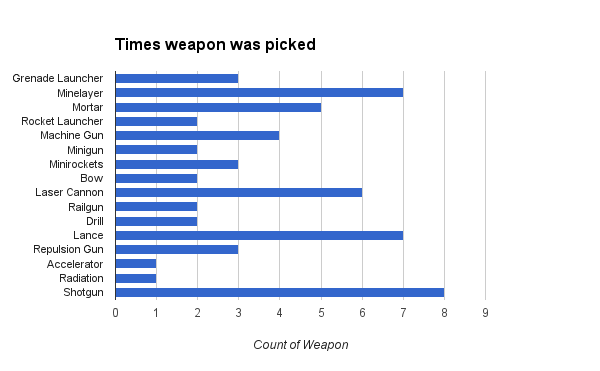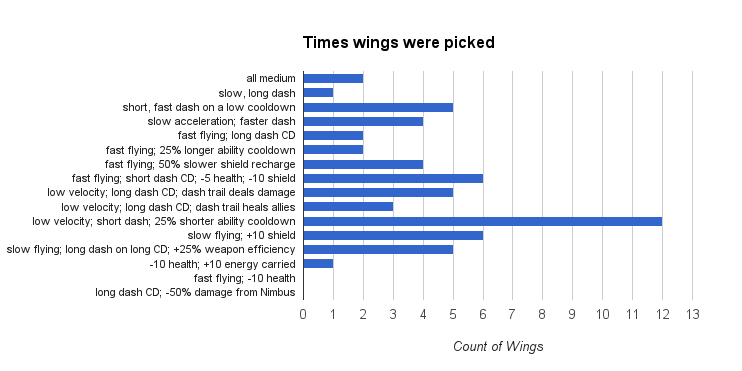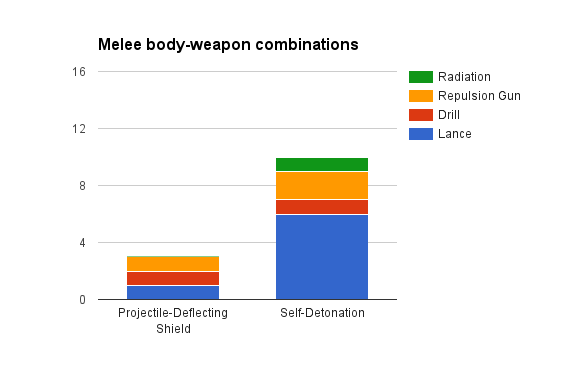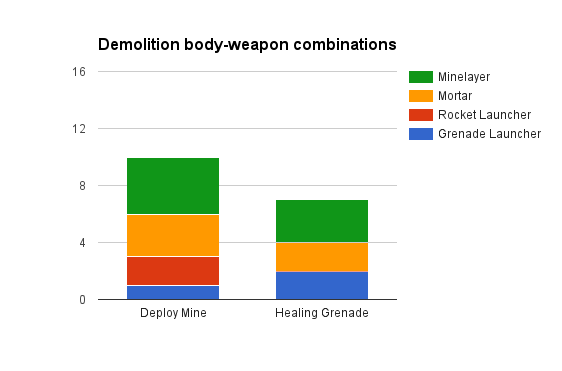As we’re working hard to make our stonepunk arena action game Antegods a reality, we’ll keep you up to date with weekly development blog posts from our design, art and code departments. This time, design lead Wytze shares his process paper prototyping the customization of our Totems.
Coming up with a system
In Antegods you’ll be able to customize your Totem to fit the play style and strategy you have in mind. Whether you want to snipe players from a large distance and stay out of the fight, charge into the heat of the battle and destroy your opponents up close, or place mines around important areas on the map and tactically outplay your opponents… it should all be possible.
Our goal for the customization has always been to create a wide variety of possibilities that makes it fun for players to create their own Totem. The primary design challenge was giving players freedom in customization, while keeping the system expandable (adding more content over time) and balanceable (so no single loadout is the best option). Additionally, players should be able to recognize Totems and remember their characteristics.
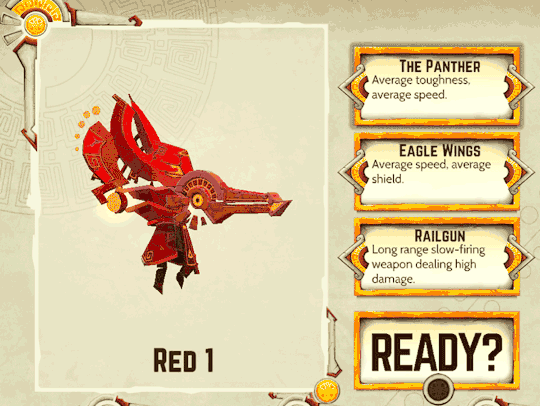
We ended up with a system in which each Totem is split into three parts: a body, weapon and wings. Each of these components sets a number of variables.
- The Body sets archetype, health, shield, ability, speed modifier and size. This is the most defining aspect of the Totem.
- The Weapon belongs to a specific archetype, and can only be equipped by bodies of the same archetype. Weapons can vary hugely in functionality: a Railgun needs to be charged for a long-range shot, a Machine Gun fires a large amount of bullets until it’s overheated, a Drill deals high damage up close and easily digs through terrain.
- The Wings set the maximum velocity, acceleration, and dash properties for the Totem. Wings also allow players to tweak their Totem, for example by weakening the shield in exchange for higher speed, or slower movement in exchange for a stronger weapon.
Four example archetypes
The next step was creating placeholder content to see what type of components I could build with our system. This lead to four archetypes:
- Melee: only melee weapons that work on a super short range. Due to their range limitation, they generally have higher health and more speed.
- Assault: mostly uses medium-range weapons with a rapid firing rate. These are usually played aggressively and fight up close. Average statistics.
- Demolition: medium to long-range weapons that fire exploding projectiles. Generally tactical and good at dealing damage in an area. Average statistics.
- Sniper: mostly use slow-firing, long-range weapons that deal high damage. Because of their high damage and range, they’re generally fragile or slow, and easy to kill once you get close.
For each archetype we created two Bodies and four Weapons. We also created a total of 16 different Wings. Below are some examples of the created components.
Paper prototype
To find out whether this system would work and be fun to use, I created a paper prototype. For those who don’t know what that is: it’s like a board game version of a digital game or game mechanic. I’m a big fan of paper prototyping, because it allows you to rapidly test parts of a game without having to spend time coding. A system like this one is a perfect case for a paper prototype.
I printed all of the example content and cut it into cards. Then I got a single playtester (a Codeglue employee) and explained him the rules for customizing a Totem. I let him create a minimum of 6 Totems. For each Totem I asked him to elaborate on his imagined play style and tactics.
After getting enough singleplayer playtests done, I invited five of the previous playtesters to participate in a group playtest. They each made a Totem of their own to create a team of five Totems, simulating the team structure in an actual Antegods match. This way, they created three different teams. During creation, I again asked them to explain their tactics and strategies with the chosen loadouts.
Graphing the results
After all these playtests, I gathered all results and put them into graphs for easy analysis. Below you’ll find the graphs on how often specific components were picked, and which combinations of bodies with weapons were picked.
Conclusions
Overall, the system gives us a good balance of freedom of choice and potential customization options. There was a wide variety of combinations made during the playtests. Players also had a lot of fun creating different types of Totems. It seemed like most players simply accepted the restrictions of the system, and thus didn’t mind as much when certain combinations weren’t possible.
Players did notice a lack of support-type components available, and wanted to combine support abilities with Assault and Melee type bodies. We could add a support category, but I think this would prove to be too limited. It’d be more interesting to give each category support options, as this would means there’d be a wide variety of support loadouts possible. We have yet to test if adding support-type abilities would be interesting and healthy for the game.
A number of components were far more popular than others. This was partly caused by them having very strong synergy with other components. Unpopular components were weak compared to their counterparts, or used a less interesting mechanic.
Wings add a lot of variety to the available loadouts. Players spent a lot of time selecting Wings that emphasize their envisioned play style. Some wings had too strong drawbacks, while others had very mild drawbacks. These need to be very carefully balanced to promote variety.
The initial components we make should be very different from each other, to give players a nice array of options. Currently the Demolition options are too similar, except the Minelayer. In Assault the Minigun and Machine Gun are too similar. In Melee the Radiation offers no interesting advantage compared to the other options. We need to re-assess these components and replace them with more interesting ones. Similarly there are some Wings that are uninteresting to use.
The wide variety of customization options and the progression of a match, with its different phases, made creating teams a deeply strategic activity. Because up to two players can control the Titan, some options that are weaker in the late phases of the game can still be viable. I have done very little testing in this area however, and we need to see how much variety actually appears once customization is available in the game.
What’s next?
The customization system we’re using has proven to be a success in our paper prototype. We’ll spend the coming weeks implementing this system and will get to see how it works when players actually get to play around with their loadouts in-game.
In the next post, we’ll have an update from our art department. To keep up to date, please follow us on Tumblr, Twitter or Facebook. Or subscribe to our newsletter. Whatever is your taste in social media!
Antegods is supported by the Dutch Cultural Media Fund, Cultural Industries Fund NL and the MEDIA Programme of the European Union.
